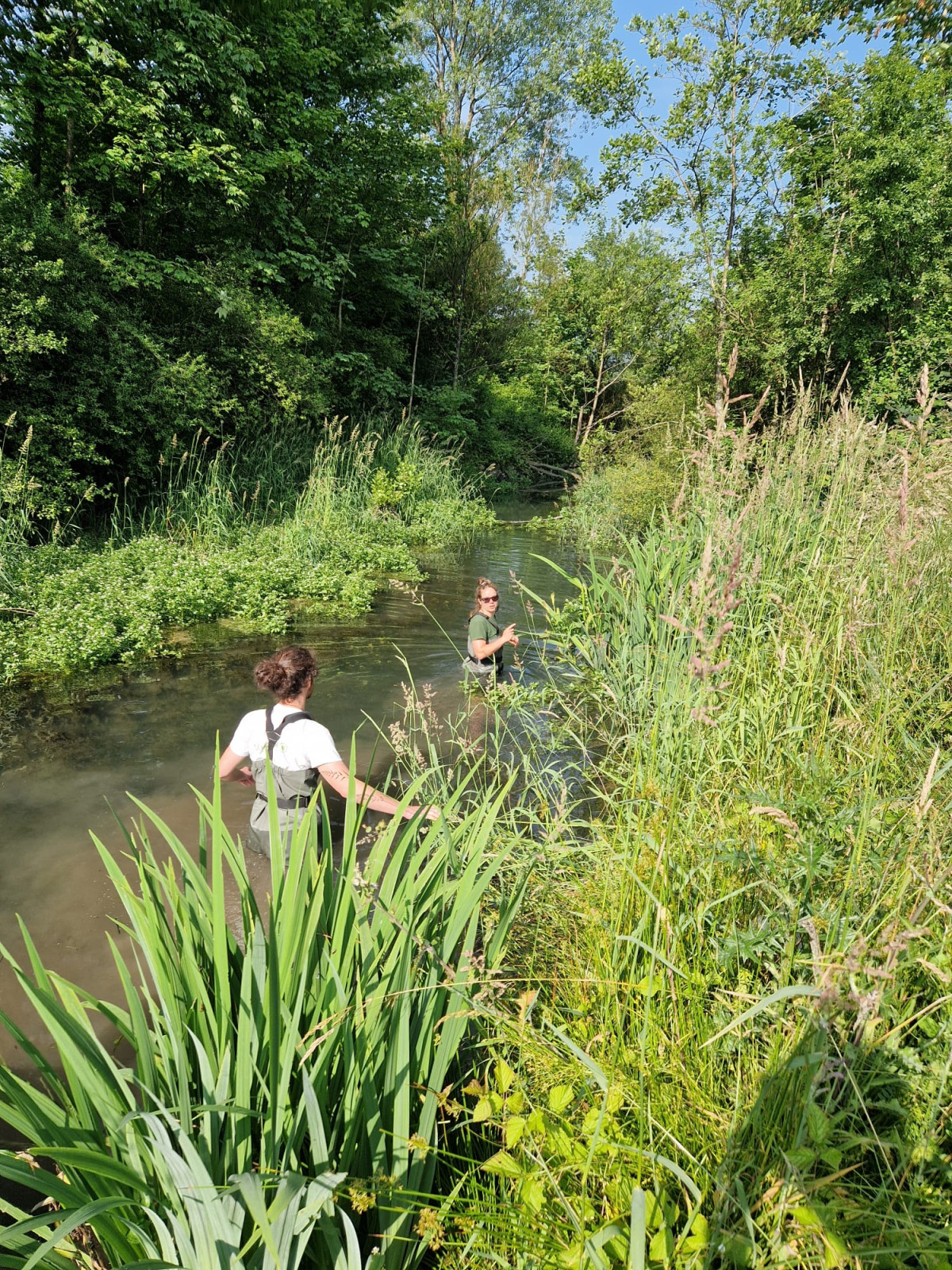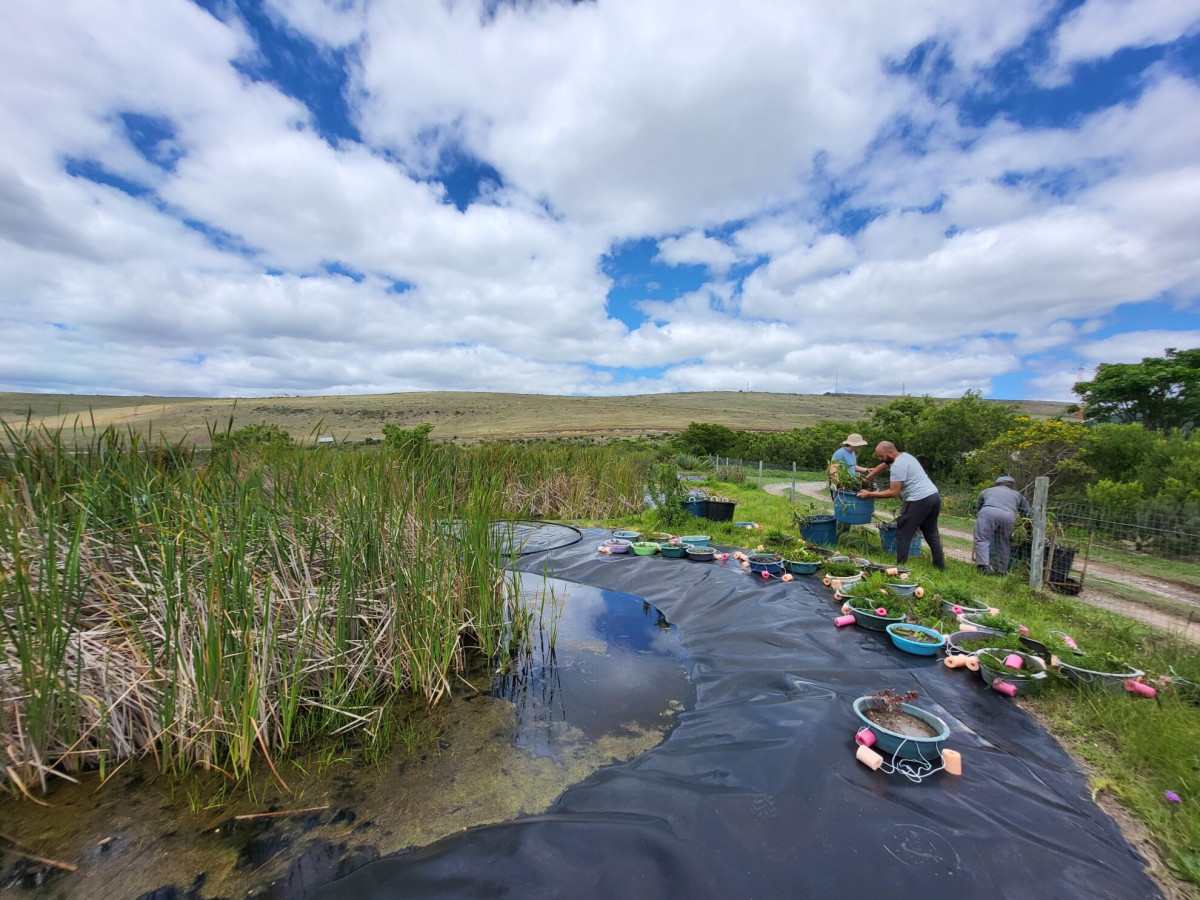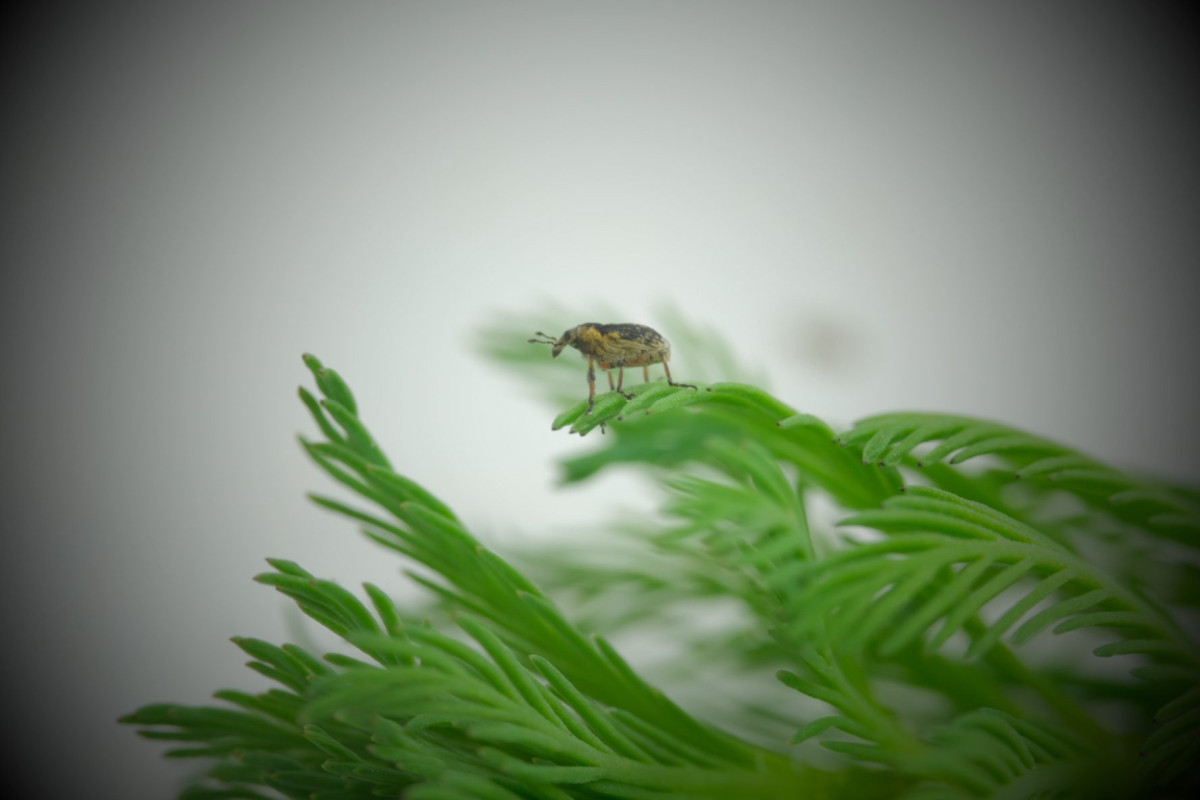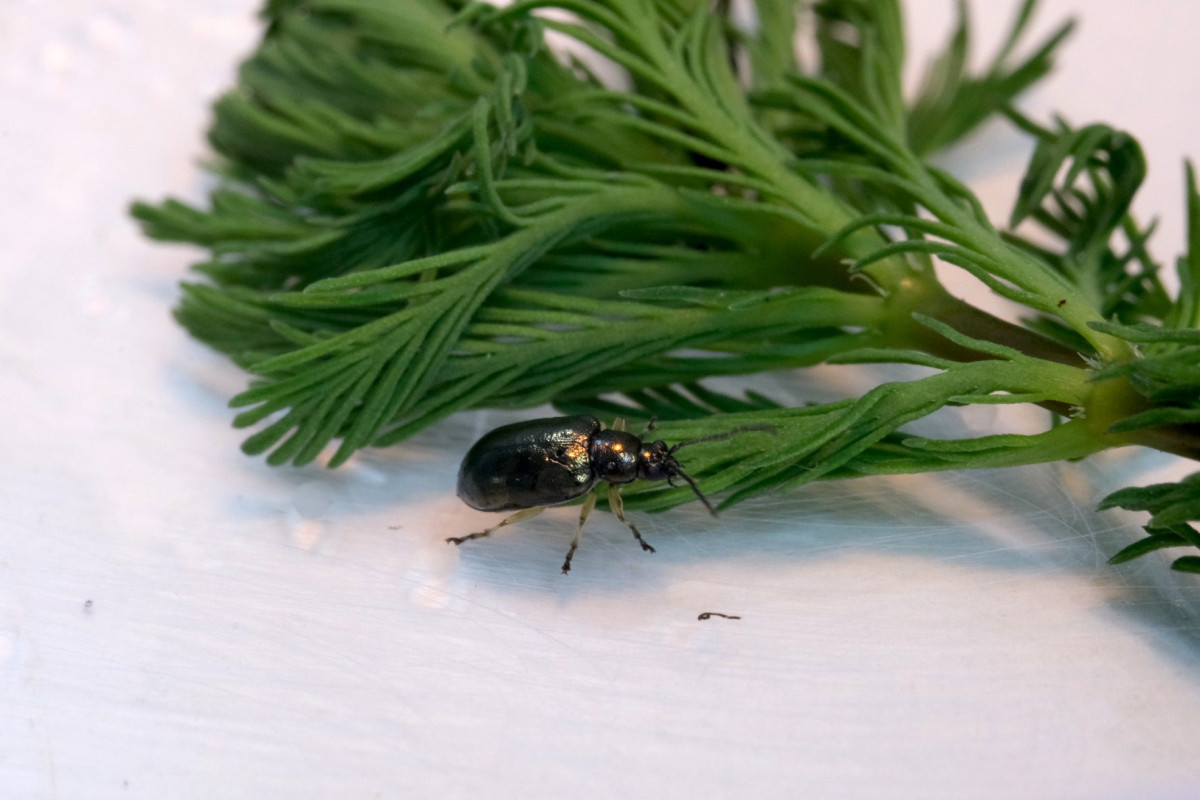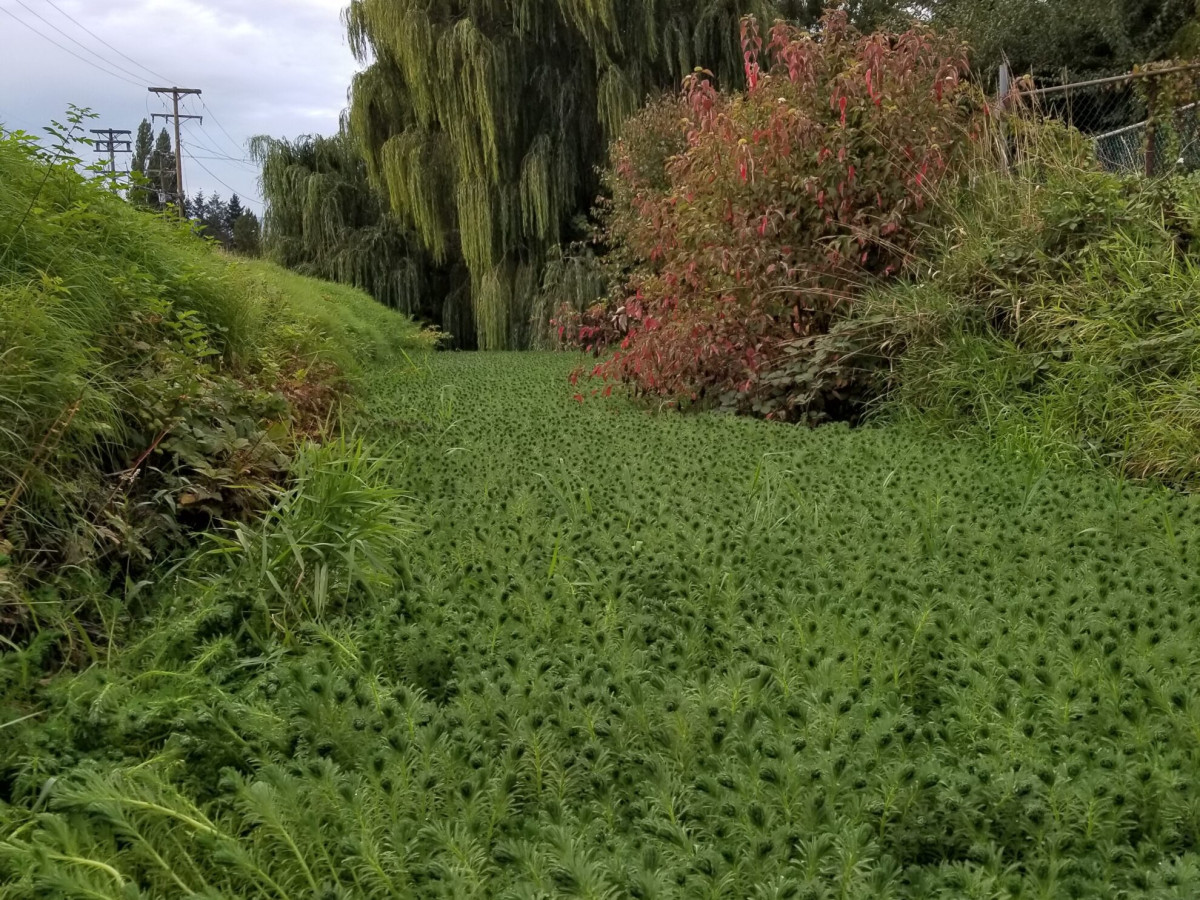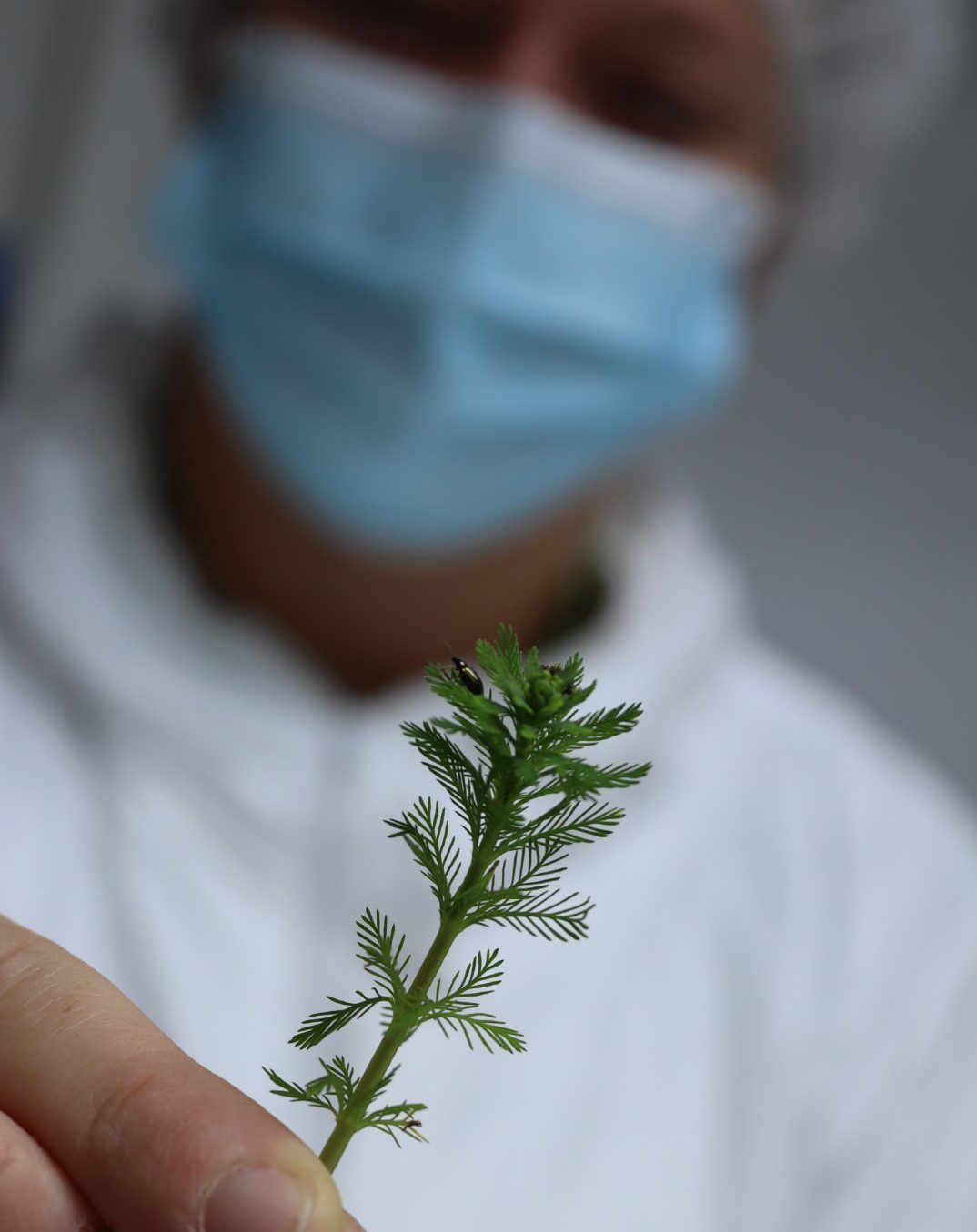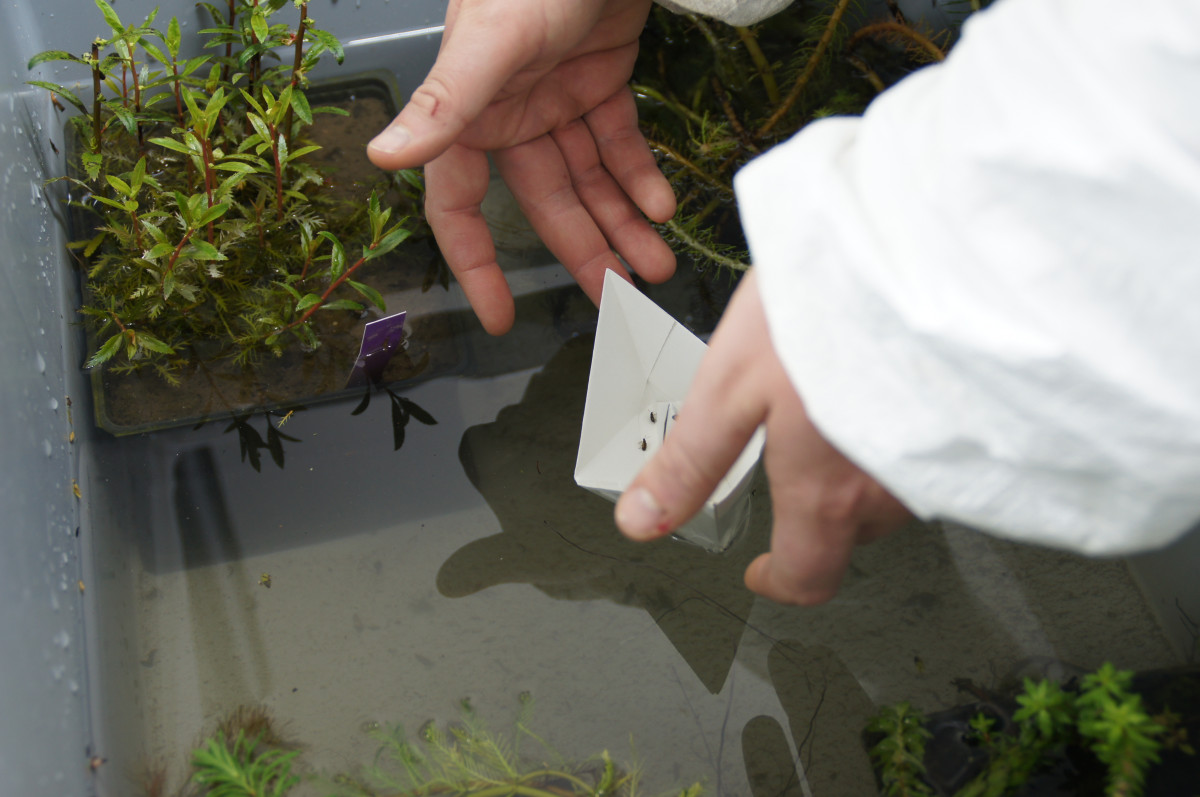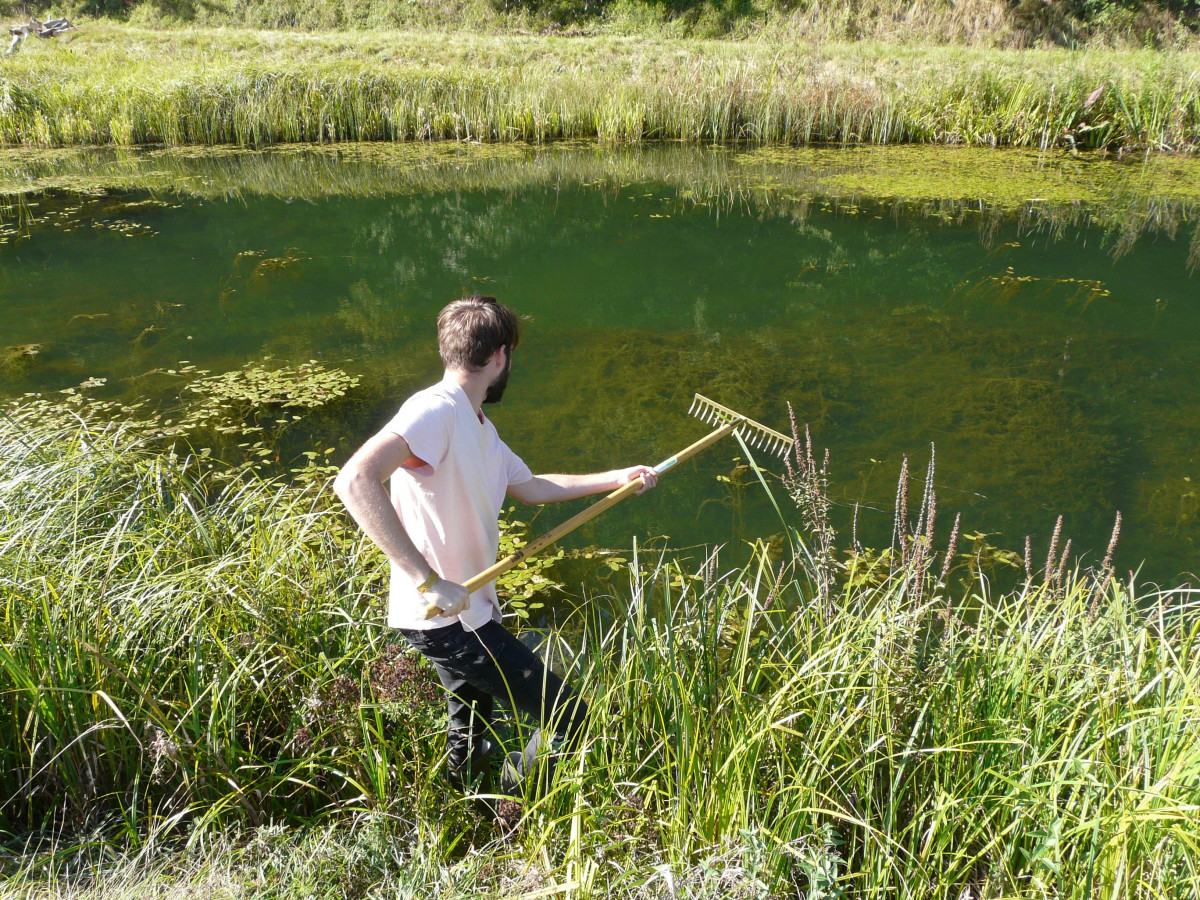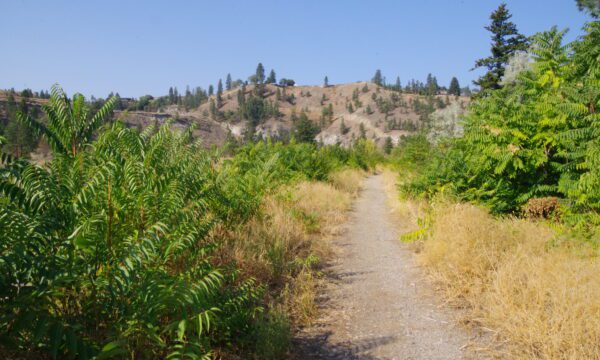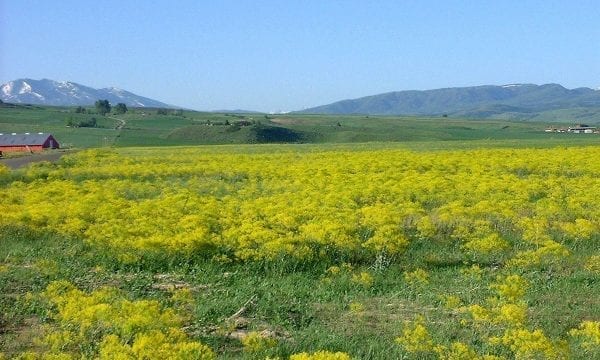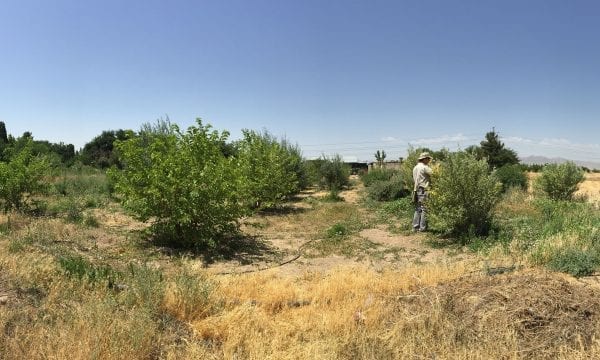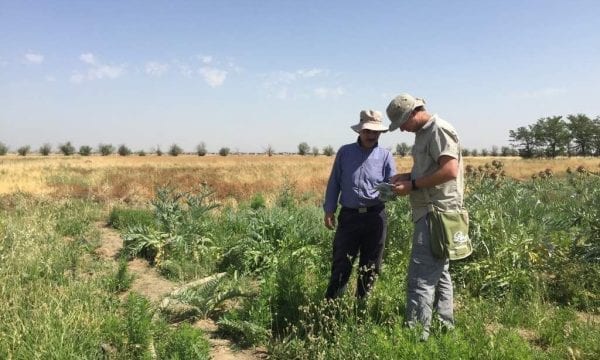Biological control of parrot's feather in North America
Parrot’s feather, Myriophyllum aquaticum, is a very popular garden and ornamental plant and has a long history of invasion worldwide. It was first recorded in Canada in 1980 from British Columbia and has since been recorded in the Lower Mainland and in the USA. Parrot’s feather forms dense impenetrable mats which affect stream flow, resulting in reduced native species’ richness at local scales, reduced water quality and habitat quality for fish and wildlife, and impacts on agro-infrastruture such as irrigation as well as human activities. Due to the negative impacts, management of this species is required, and a sustainable option is biological control. A biological control programme against parrot’s feather is already well-developed in South Africa and this project aims to investigate the potential for use in western North America.
Project Overview
So, what’s the problem
Parrot’s feather is a noxious weed which has invaded the Lower Mainland and Vancouver Island, British Columbia and extended into the western USA, including Washington, Oregon, Idaho and California. In the invaded range, parrot’s feather can form dense impenetrable mats which affect stream flow, reduce native species’ richness, reduced water quality and habitat quality for fish and wildlife, and negatively impact agro-infrastruture such as irrigation as well as human activities. In North America, it is considered a serious weed in shallow streams, irrigation ditches, ponds and shallow lakes. In urban settings, it significantly increases the risk of flooding when it invades canals, ditches and storm drains that would typically divert flood waters.
Once established, this plant is extremely difficult to control. Any mechanical method can fragment plants, favouring the growth and spread of this species. In addition, herbicides have been difficult to employ due to restrictions in use in sensitive wetland habitats and the fact that the plant has an emergent and submerged form.
Biological control of this species was implemented in South Africa in the early 1990s with the release of the leaf-feeding flea beetle, Lysathia cilliersae, which proved to be extremely effective, and no additional agents were required.
What is this project doing?
In 2020, CABI in Switzerland initiated a project to evaluate the potential for biological control of parrot’s feather in western North America.
There are three potential biological control agents worth further investigation: the leaf-feeding flea beetle, L. cillisersae and the stem-mining weevil, Listronotus marginicollis are species native to South America and have been developed as part of the biological control programme for parrot’s feather in South Africa. The third, a North American native weevil Phytobius vestitus, was identified in Louisiana damaging parrot’s feather to the extent that it was managing parrot feather in certain locations. This project aims to evaluate these agents.
All three agents have the potential to be effective and safe biological control agents. However, before any agent can be considered for safe release in western North America, host-range testing of plant species, relevant to the region, will need to be conducted.
Climate is considered a potential limiting factor, however, preliminary Climex models provided a moderate fit to some sites where both L. cillisersae and L. marginicollis occur. Nevertheless, it needs to be kept in mind that Vancouver has longer winters than those experienced in South Africa and Argentina. In addition to the host range testing, this project will explore the potential climatic compatibility of these agents to Canada which will give insights into the efficacy of the agents.
Results
Currently, we have imported two potential agents, L. cillisersae and P. vestitus, into the CABI quarantine. Lysathia cilliersae was obtained from the Centre of Biological Control in South Africa, while P. vestitus was collected in Louisiana in collaboration with Dr Rodrigo Diaz.
Since L. cilliersae testing started in 2021, its physiological host range has been tested under laboratory conditions with 18 plant species within six families. Its ecological host range has been tested under open-field test conditions with six plant species within two families. Those different experimental designs allowed us to conclude that, despite a relatively broad physiological host range, L. cilliersae restricts its host selection with increasing test complexity approaching natural conditions. Based on the results of both the lab and the open-field, it is likely that L. cilliersae is specific to parrot’s feather. Since 2023, L. cilliersae thermal physiology has been studied, collecting important records such as: critical thermal minimum and chill coma, lower lethal limits, super cooling point, development rate and survival at different temperatures and sub-freezing mortality. These different measures are currently analysed to assess L. cilliersae potential to establish in more temperate biomes of the world.
Phytobius vestitus rearing slows down naturally during the winter period, offering a smaller window for testing. Nevertheless, we could define its physiological host range under lab conditions with 17 plant species within five plant families. First results are more contrasted than L. cilliersae, yet a similar trend seems to appear with the more the test complexifies the more P. vestitus seems to prefer M. aquaticum. We collected records on the critical thermal minimum and chill coma, rapid cold hardening and super cooling point to define P. vestitus thermal physiology. So far, P. vestitus seems to show colder tolerance than L. cilliersae and maybe more adapted to temperate biomes.

